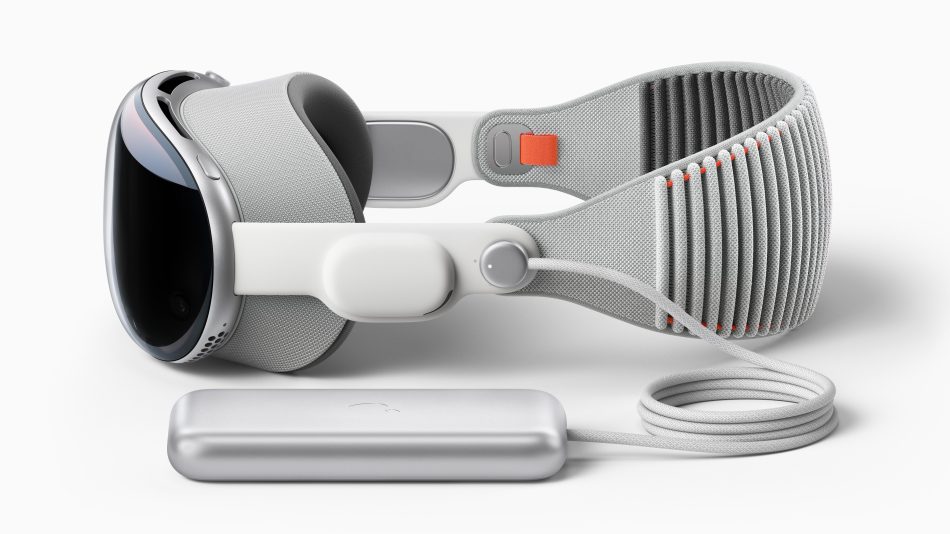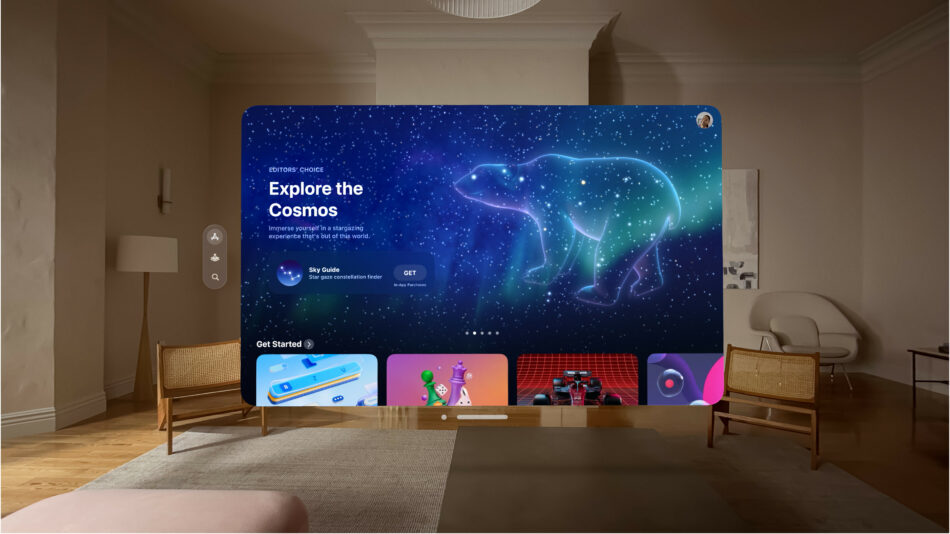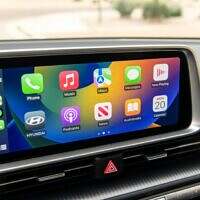At the heart of this innovation is spatial computing, a concept that Apple has brought into the mainstream with its cutting-edge Vision Pro headset. This device, powered by VisionOS – the first spatial operating system – promises to redefine our interaction with digital content, making it more intuitive, immersive, and seamlessly integrated with our physical environment.
What is Spatial Computing?
Spatial computing is an advanced technological framework that combines the physical and digital worlds, enabling users to interact with digital content in the three-dimensional space they inhabit. It encompasses technologies such as augmented reality (AR), virtual reality (VR), mixed reality (MR), and artificial intelligence (AI). These technologies work together to understand the environment around the user, allowing digital content to coexist with physical objects and spaces in a way that feels natural and intuitive.
The core of spatial computing lies in its ability to map, understand, and augment the physical space with digital objects. It uses sensors, cameras, and AI to perceive the world, creating a digital overlay that seamlessly interacts with the physical environment. This means users can manipulate digital content with their hands, gaze, and voice commands, as if these digital objects were part of their real-world surroundings.
The Vision Pro Headset: A Leap into Spatial Computing

Apple’s Vision Pro headset is a pioneering device that harnesses the power of spatial computing to deliver an unparalleled user experience. With VisionOS, Apple introduces the world to the first spatial operating system designed to operate in three dimensions. This innovative OS enables users to control their digital environment using eyes, hands, and voice, offering a level of interaction that feels both natural and revolutionary.
The Vision Pro headset is equipped with advanced sensors and cameras that scan and interpret the user’s physical environment, adjusting digital content in real-time to align with the user’s perspective and movements. This creates a cohesive blend of digital and physical realities, where digital applications, media, and communications become tangible components of the user’s space.
The Heart of the Technology
The technological backbone of Apple’s Vision Pro headset is its spatial operating system, VisionOS, coupled with a sophisticated array of sensors, optical displays, and processing power.
The machine’s operating system is designed to understand and respond to natural user inputs, such as where the user is looking, how they move their hands, and what commands they give through voice. This interaction paradigm shifts away from traditional computing interfaces, leveraging spatial awareness to create a more immersive and intuitive experience.
The headset’s sensors are capable of precise environmental mapping, depth sensing, and motion tracking. This allows for accurate placement of digital objects in the physical world and responsive interactions that mimic real-life physics. The optical displays in the Vision Pro headset are engineered to project high-fidelity digital content into the user’s field of vision, blending digital objects with the real world seamlessly.
Reshaping Personal Computing
The introduction of the Apple Vision Pro and its spatial computing capabilities marks a significant leap forward in how we interact with technology. It promises to reshape personal computing by moving beyond the constraints of screens and traditional input devices. With spatial computing, digital content is no longer confined to two-dimensional spaces; instead, it inhabits our three-dimensional world, offering new possibilities for creativity, productivity, and communication.
Conclusion
As we look toward the future, the impact of spatial computing, epitomized by Apple’s Vision Pro, is poised to transform various industries, including education, healthcare, entertainment, and more. By bridging the gap between digital content and the physical world, spatial computing opens the door to a new era of immersive experiences, heralding a future where technology enhances our reality in ways previously imagined only in science fiction.



